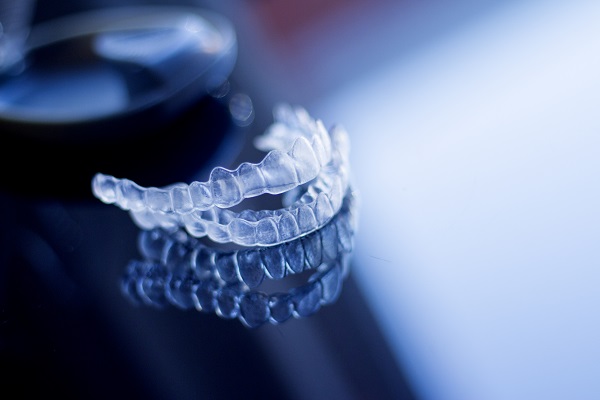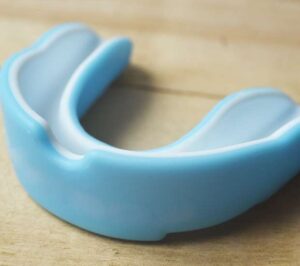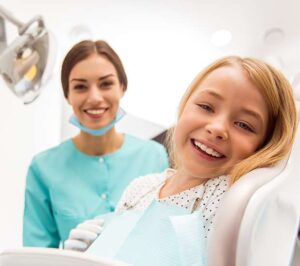If you have crooked or misaligned teeth, there are two main treatment options to choose from: Aligner trays and braces. Choosing between clear aligners and traditional braces can seem overwhelming at first. Both are effective, can be used on a variety of age groups, and require the use of a retainer after treatment is completed. Still, they are very different in many ways. Understanding the distinctions between these treatment options can help patients make the right decision for their dental health.
The pros and cons of clear aligners and traditional braces
It is important to note you should follow the advice and guidance of your dentist when it comes to choosing the right treatment for your teeth. In some situations, when the alignment issues are severe, traditional braces and other supplemental appliances may be required. However, most people can choose between clear aligners and traditional braces based on their preferences.
Clear aligner trays
This option is increasing in popularity among dental patients because it is discreet and offers numerous benefits. First, the material is made from medical-grade plastic. The trays are custom-made in a laboratory after a dentist takes digital scans of the patient’s mouth. This helps ensure a comfortable and secure fit. The treatment tends to progress at a more gradual but steady pace, resulting in less discomfort overall when compared to braces.
Aligner trays are clear, meaning they are often unnoticeable to others, which many people prefer. They are also completely removable. In fact, the trays should always be removed before eating or drinking, which allows you to choose any food or beverage you want without worrying about damaging the appliances. However, it is important to brush your teeth thoroughly after every meal or snack. Otherwise, you could stain the appliances and increase your risk for tooth decay.
This removability feature allows the wearer to clean their teeth thoroughly without the need for supplemental tools. There is no need to navigate around brackets and wires, making it easier to brush and floss. When combined with the fact that patients are instructed to brush after every meal before replacing their trays, using clear aligners can actually help improve dental health and hygiene.
Aligner trays should be cleaned every day to prevent buildup and staining. This usually involves a quick rinse with lukewarm water and a 15-minute soak in a special cleaning solution. Every few weeks, a dentist will provide the patient with a new set of trays to move forward with treatment. So, even if the appliances do get cloudy or stained, this will only be temporary.
Even though there are many benefits to choosing clear aligner trays, compliance is essential for the treatment to be effective. Patients should wear the trays for at least 22 hours every day, which leaves little room for more than eating and brushing teeth. Failure to wear the trays for the recommended amount of time can prolong treatment. Also, patients must be responsible for the appliances by keeping them clean and keeping track of them when they are not being worn.
Traditional braces
For decades, people have used traditional braces to straighten crooked teeth. This option is still used today, especially for people with severe alignment issues. The appliances are made from metal wires and bands that are cemented to the natural teeth. Metal or ceramic brackets can be used to attach the wires to individual teeth. Braces are not removed until the treatment is complete.
Braces must be adjusted, usually every four weeks. Because this is a manual process, it can cause more discomfort in some patients. Others may find the metal components are irritating to the soft tissues of the mouth. However, choosing braces may require slightly fewer appointments overall when compared to clear aligners.
Because braces are not removable, wearers have to avoid foods that might damage them, such as:
Traditional braces can also be difficult and time-consuming to clean, increasing the risks for staining and potential tooth decay. Proxabrushes and floss threaders are often needed to clean between brackets and wires.
However, when it comes to braces, there is no need for concern when it comes to compliance; patients are always wearing the appliances, which means the only thing that hinders treatment progress is missing an appointment.
Conclusion
Knowing the differences between clear aligners and traditional braces can help you make a more informed decision about straightening your teeth. While both have their advantages, a dentist can help you decide which option is better for you.
Check out what others are saying about our dental services on Yelp: Clear Aligners in Tamarac, FL.
Related Posts
People looking to straighten their smile are finding a flexible and discrete solution in clear aligners. These innovative appliances provide an alternative to traditional braces, making them popular among patients seeking effective treatment with minimal disruption to their daily lives. Clear aligners are custom-designed to meet patients’ needs, ensuring precision and comfort.Clear aligners are transparent…
Clear aligners are becoming an increasingly popular way to straighten teeth that are crooked, protruding, or crowded. They offer an array of benefits that traditional braces do not as the entire process is completely different. Instead of metal wires and brackets, the teeth are shielded by flexible plastic pieces that go directly over the top…
Considering straightening your teeth with the use of clear aligners? Modern-day dentistry has allowed for the evolution of alternatives to braces, with clear aligners being an increasingly popular choice. This teeth straightening option is one that is used to correct teeth that are protruding, crooked, or extremely crowded.More and more general dentists are administering clear…
With more patients seeking alternative methods to traditional braces, aligner systems like ClearCorrect® braces have become popular in recent years. A patient is fitted with custom aligners that are worn for most hours of the day. The trays are usually replaced every two to three weeks. Because the aligners are clear and custom-fitted, patients can…
We are committed to providing quality healthcare to families located in the Tamarac area and treat patients of all ages.
The Dental Place of Tamarac
7300 W McNab Rd Ste 115
Tamarac, FL 33321
Phone: (954) 271-8072
Book Your Appointment Today!





